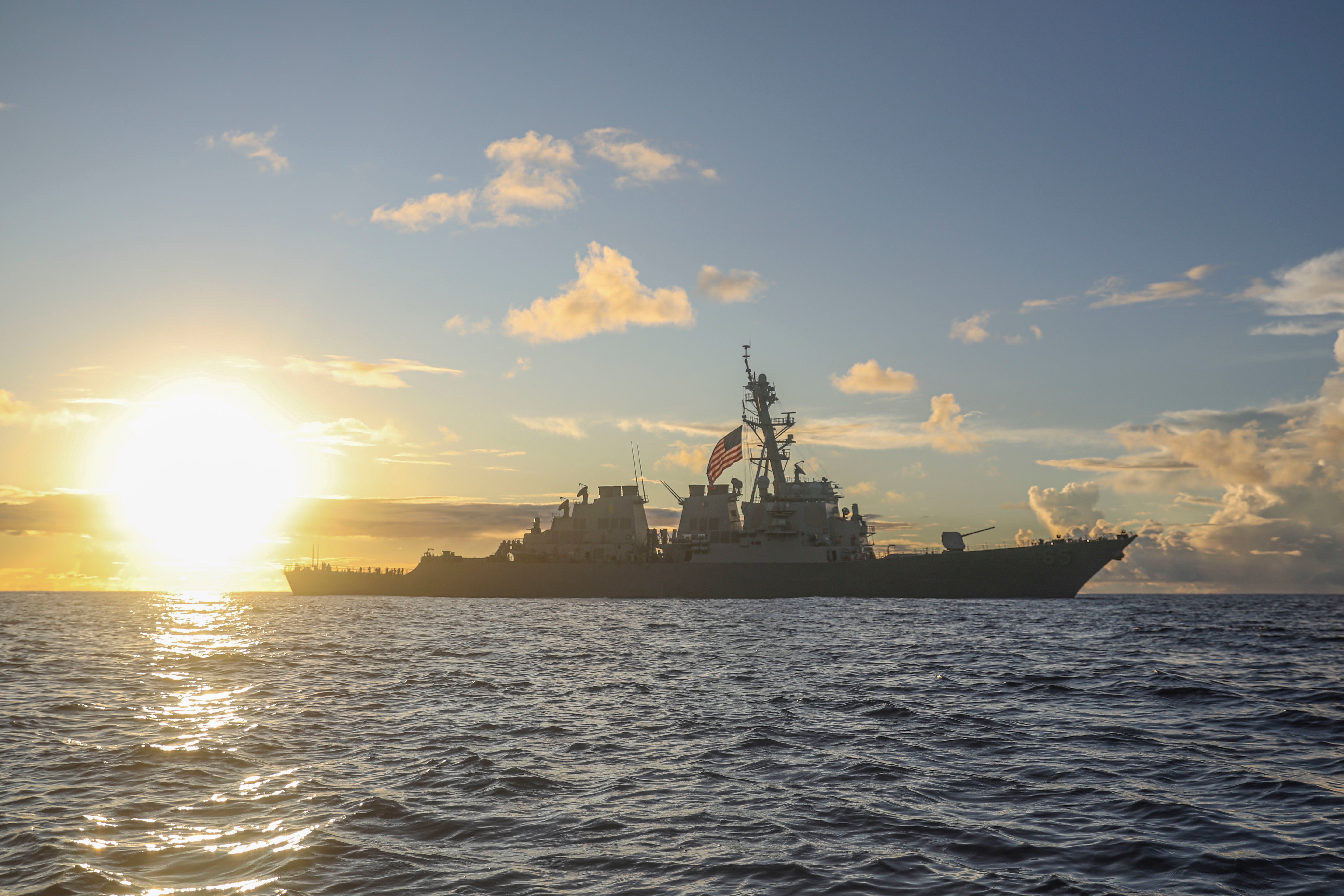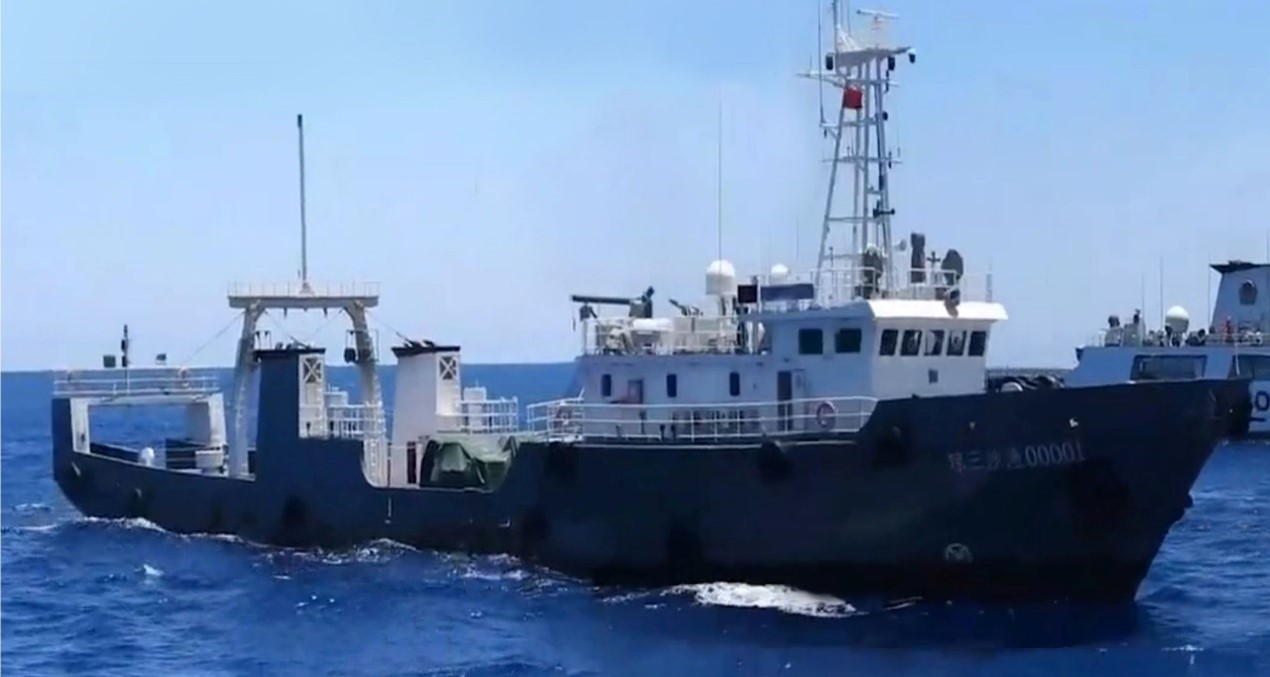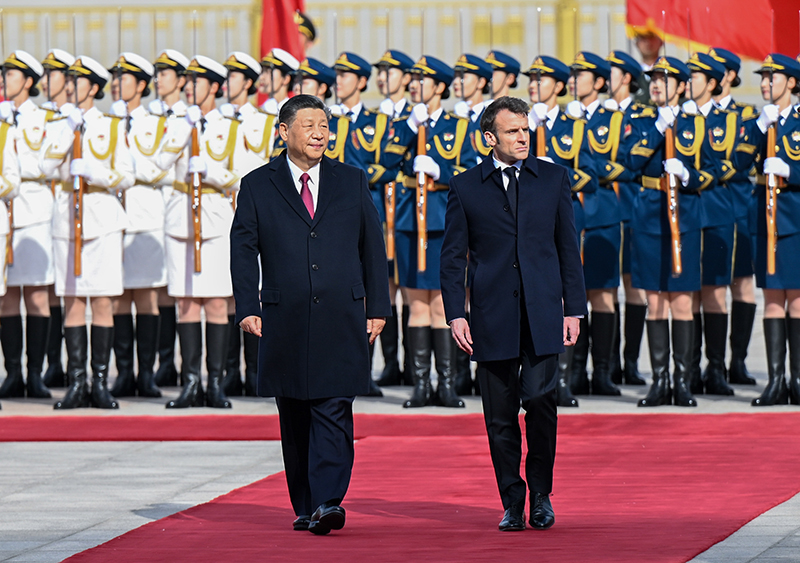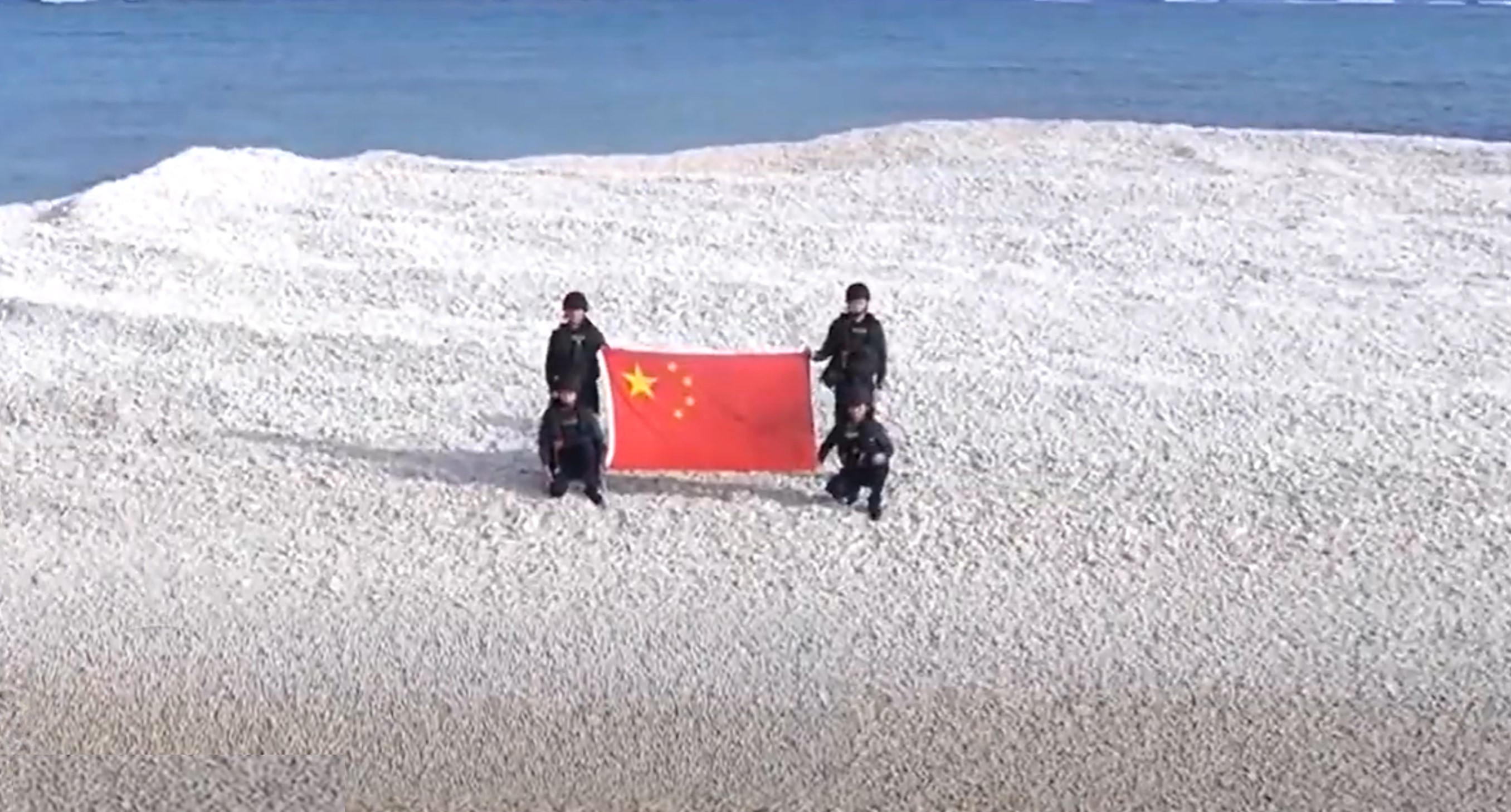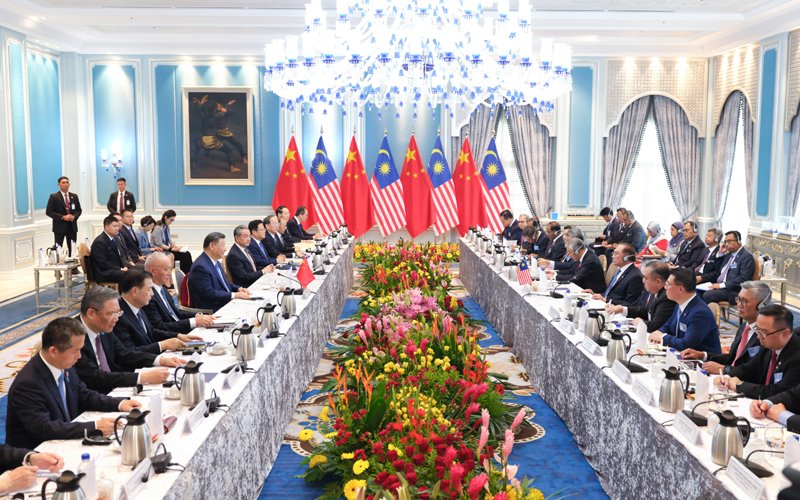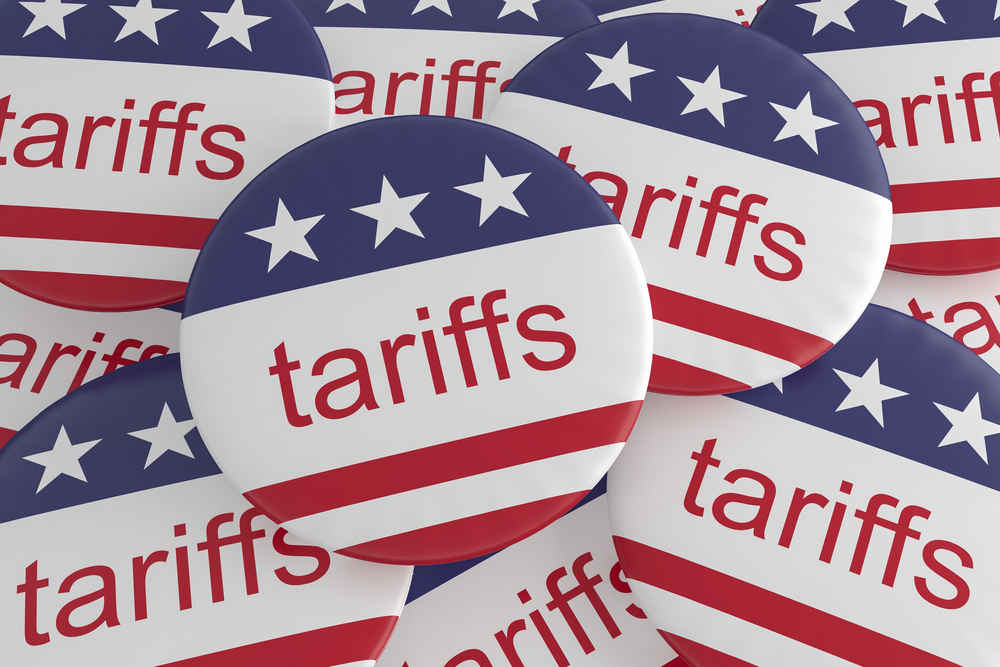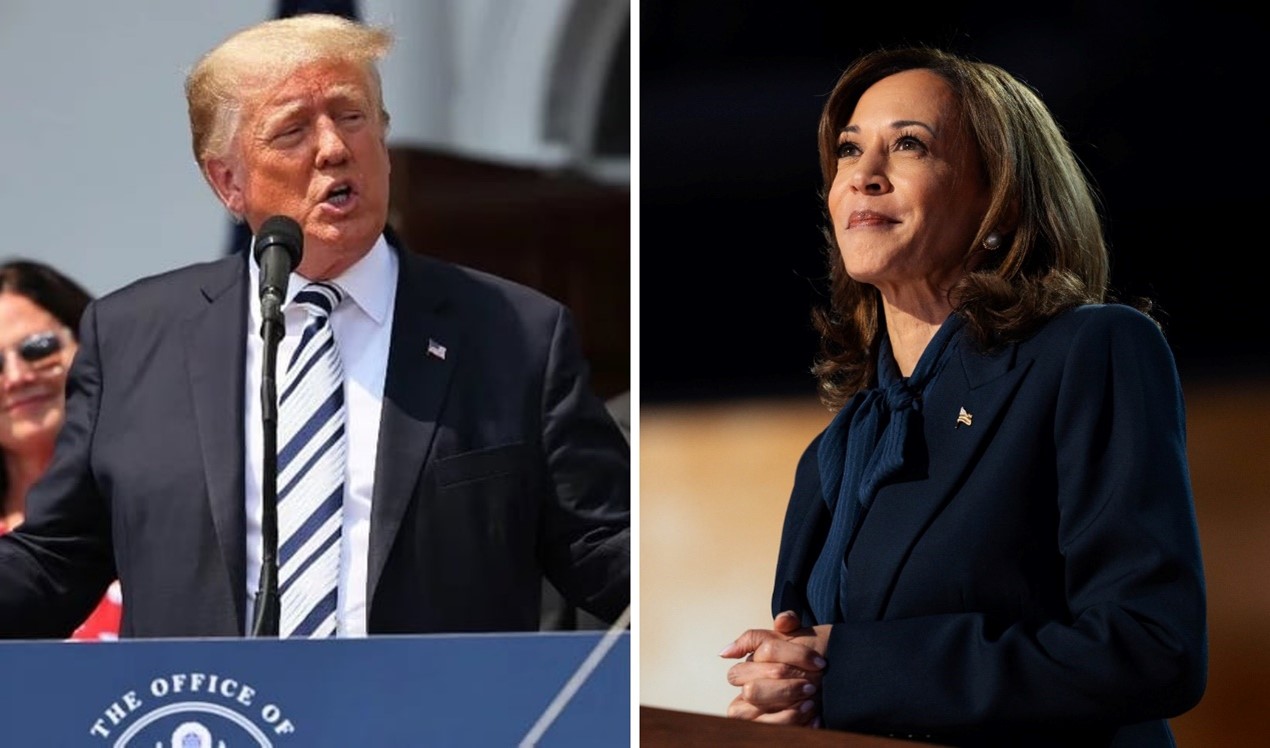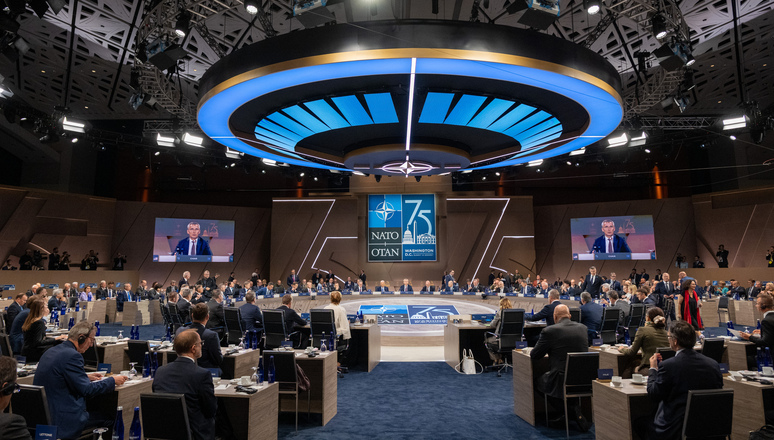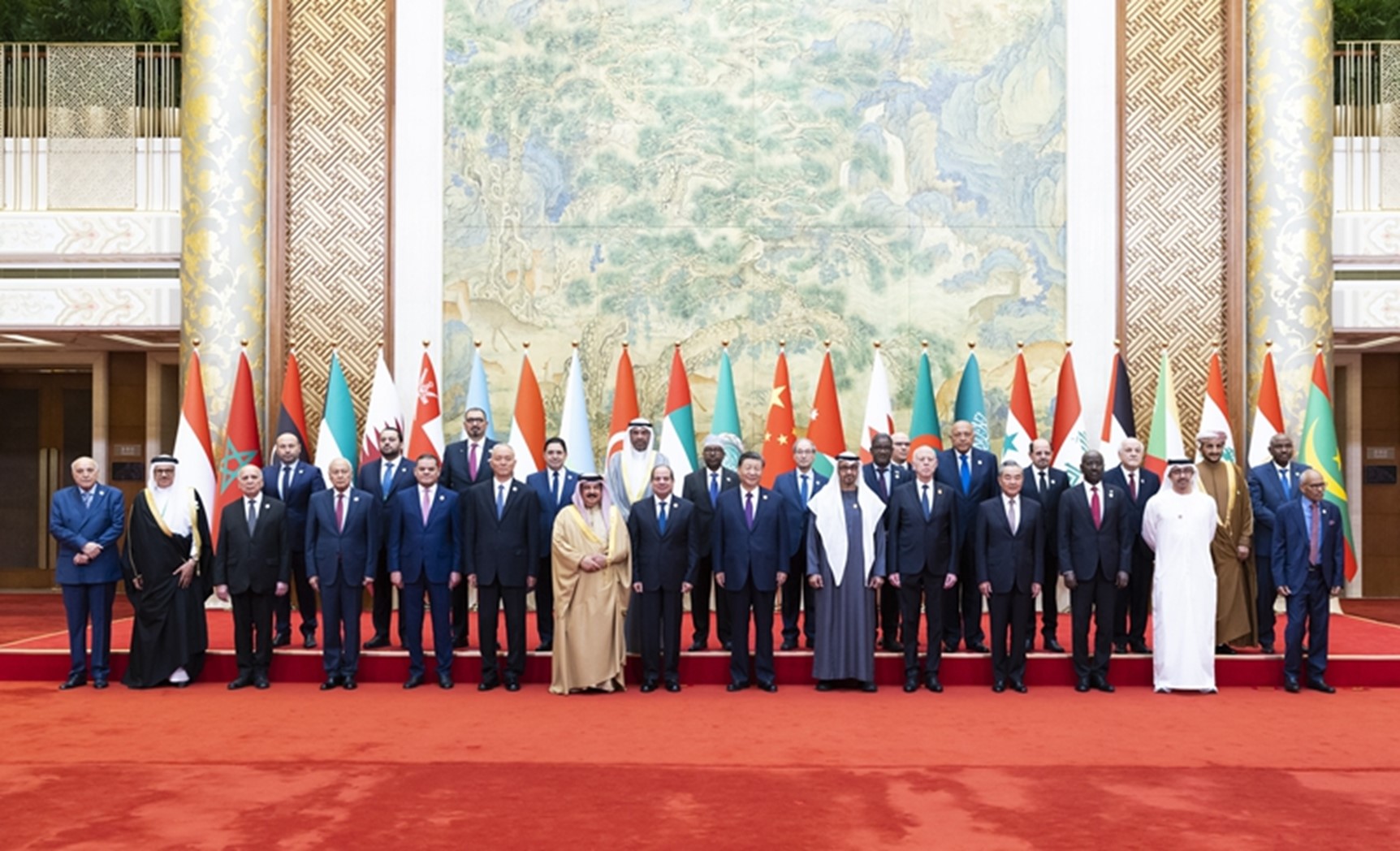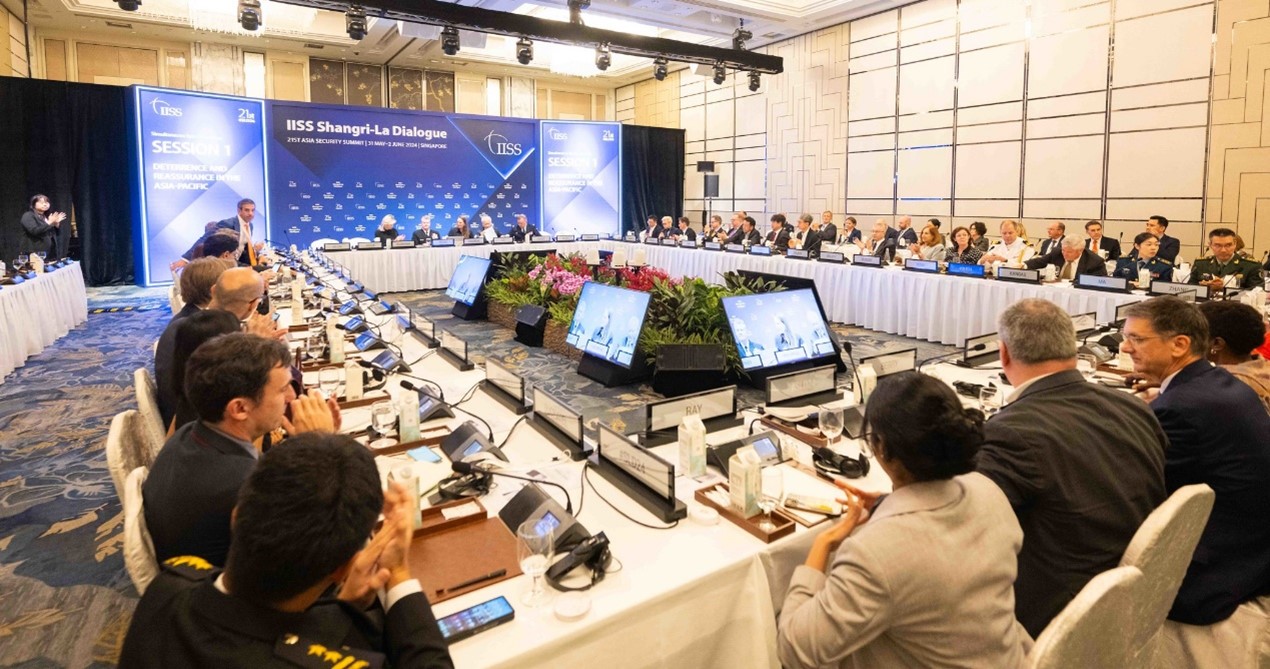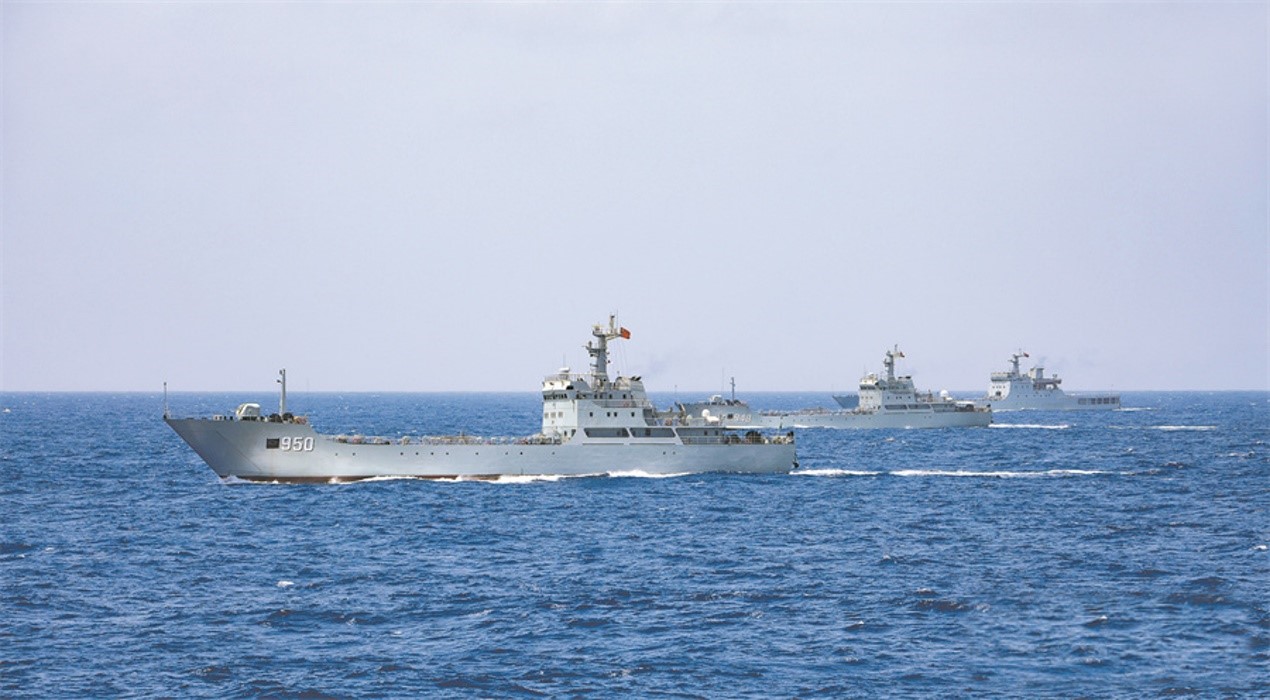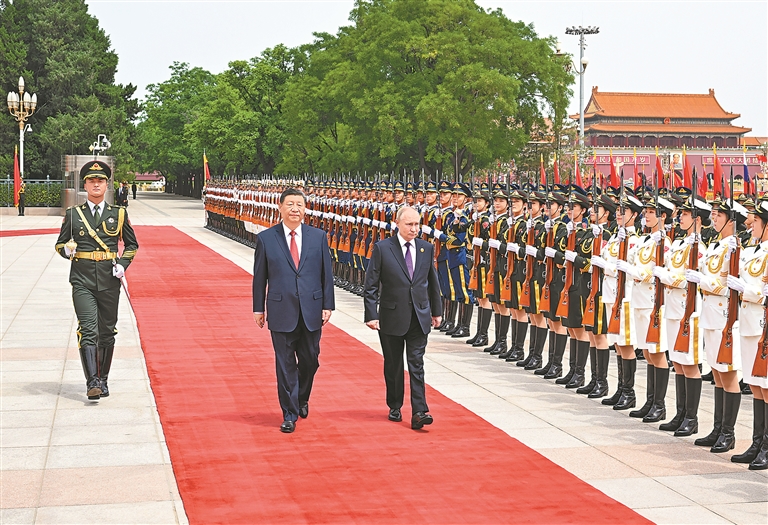Declared a Law Breaker in the South China Sea, China Now Illegally Claims the Taiwan Strait
To assure the international community and reduce the prospect of war by miscalculation, China’s Taiwan Strait claim needs to be brought before the U.N. tribunal by the U.S., Japan, and other interested states. Picture source: Heather Mongilio, July 19, 2022, USNI News, https://news.usni.org/2022/07/19/uss-benfold-transits-taiwan-strait-following-south-china-sea-freedom-of-navigation-ops.
Prospects & Perspectives No. 40
Declared a Law Breaker in the South China Sea, China Now Illegally Claims the Taiwan Strait
By Joseph Bosco
In 2013, China revived an old, defunct claim to virtually the entire South China Sea. It shocked not only states in the region, but the entire international seagoing community which sends over 60 percent of global maritime trade and a third of total world commerce through those waters.
China’s sweeping claim was unprecedented–well, almost. In the early 1940s, Imperial Japan also coveted all of Southeast Asia’s maritime territory and natural resources as part of its Greater East Asia Co-Prosperity Sphere, though it used brute force and launched military invasions without fabricating a legal pretext as Beijing has done. Still, China has made clear it will eventually follow the World War II precedent and has already seized islands, or built artificial ones, to use as bases of operations for its sweeping maritime claims and planned aggression.
The Philippines government–having experienced serious Chinese encroachment of its territorial waters, damage to its fishing industry, and outright Chinese seizure of its territory at Scarborough Shoal–in 2013 brought China’s claims before the Permanent Court of Arbitration at The Hague.
The Court rendered its decision in 2016, unanimously rejecting China’s claims. “The tribunal concluded that there was no legal basis for China to claim historic rights to resources within the sea areas falling within the ‘nine-dash line.’” Beijing had resurrected that line from a 1947 map produced by Beijing’s predecessor government, the Republic of China.
Rather than being the “responsible international stakeholder” it poses as and accepting the impartial, professionally expert judgment of the UN tribunal, Beijing bitterly attacked the decision as “ill-founded” and “naturally null and void.” The People’s Daily said the tribunal had ignored “basic truths” and “trampled” on international law and norms. “The Chinese government and the Chinese people firmly oppose [the ruling] and will neither acknowledge it nor accept it.”
Taiwan Strait the next challenge
Last month, China reprised its assault on international maritime law in the South China Sea by asserting an equally baseless claim to the Taiwan Strait, recognized for centuries as an international waterway. The Strait connects the South and East China Seas and carries a large part of the commerce that enters the southern sea, including the Mideastern oil that meets Japan’s energy needs and 80% of cargo containers destined for Japan.
When China fired missiles toward Taiwan in 1995 and 1996, it sent insurance rates soaring and effectively closed the Strait to international shipping and aviation. The Clinton administration responded by sending the USS Nimitz carrier battle group near the Strait. That was the first time such a passage had been made since 1971 when President Richard Nixon withdrew the Seventh Fleet as a preemptive good-will concession to pave the way for his historic meeting with Mao Zedong.
When Beijing complained of the Nimitz transit, the Clinton administration “explained” that it was a mere weather diversion, thereby conceding that China’s permission was needed. Months later, as Taiwan prepared to hold its first direct presidential election, China again fired missiles toward Taiwan.
This time, Clinton sent two carriers to the region, but Beijing warned that if they entered the Strait, they would find “a sea of fire.” The ships turned away, and no U.S. warship passed through the Strait for the next decade. When Defense Secretary Donald Rumsfeld learned in 2005 that the Navy had been avoiding the Strait out of deference to Beijing, even risking more dangerous weather outside the Strait, he fired off a memo ordering a return to normal Strait transits.
Assuring freedom of the seas
The most dramatic manifestation of the assertive new U.S. policy occurred in 2007 when China canceled permission for a Navy port visit to Hong Kong where families of the ship’s company had gathered for a Thanksgiving reunion.
The Commander of the Pacific Command, Admiral Timothy Keating, took his flagship, the USS Kitty Hawk, and its attendant battle group directly through the Taiwan Strait on its return to home port in Yokosuka, Japan. It was the first time a U.S. carrier had made the transit since the 1995 crisis. When Beijing issued its predictable complaint, Keating did not plead bad weather as the Clinton administration had done. He told a press conference, “We don’t need China’s permission to pass through these international waters. We’ll do so any time we need to–strike that, any time we choose to.”
Unfortunately, that Strait passage 15 years ago was the last by a U.S. carrier battle group –and only the second in 51 years. China’s new carriers, on the other hand, now make routine passages through the Strait, reinforcing Beijing’s claim that these are internal Chinese waters.
The U.S. Navy did begin sending solo destroyers and other smaller ships through the Strait on a regular basis during the Trump administration as they conducted Freedom of Navigation Operations (FONOPS) in the South and East China Seas. The Biden administration now makes monthly transits, also limited to the lesser combatant ships.
Washington’s policy of keeping the battle groups out is no doubt colored by the lingering trauma of the 1996 “sea of fire” threat that former Clinton administration official Kurt Campbell repeatedly recalls as “our own Cuban missile crisis–we had stared into the abyss.” From time to time, Chinese officials like to stoke those fears, by threatening (a) the City of Los Angeles, (b) “hundreds of U.S. cities,” or (c) “5,000 to 10,000 American sailors” on a couple of U.S. carriers.
The obvious danger of succumbing to those threats and surrendering American rights and interests under international law and norms is that Beijing is encouraged to do more of it. The ultimate threatened calamity is nuclear war with China if America comes to Taiwan’s defense, as President Biden has three times promised to do. Xi Jinping has reason to doubt the seriousness of Biden’s defiant pledge, however, given its transitory nature after the foreign policy bureaucracy regularly dismisses it, Biden’s credibility is also undermined by his stated refusal to defend Ukraine beyond sending limited defensive arms, explicitly to avoid conflict with Vladimir Putin’s nuclear-armed Russia.
To assure the international community and reduce the prospect of war by miscalculation, China’s Taiwan Strait claim needs to be brought before the U.N. tribunal by the U.S., Japan, and other interested states. Biden should also issue a formal declaration, with no staff second-guessing or walking back, that the United States will defend Taiwan against any Chinese aggression. Support for Congress’s Taiwan Invasion Prevention Act authorizing a direct defense of Taiwan would also accomplish that deterrent purpose. Japan and other U.S. allies should make similar commitments.
(Joseph Bosco is on the advisory board of the Global Taiwan Institute)


